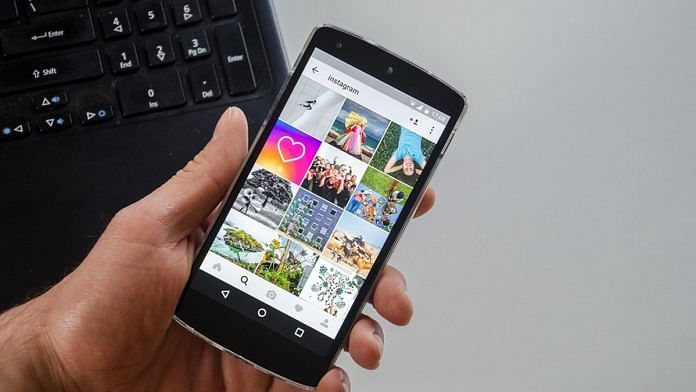Millions have come to rely on their smartphones as a quick means of accessing the internet. You might well be reading this on your phone.
And, according to a new PwC report, the pandemic has driven demand for internet access even higher – and boosted global data consumption as a result.
Indeed, some telcos were “reportedly carrying up to 60% more data on their networks than they did before the crisis”, according to the Global Entertainment and Media Outlook 2021-2025.
And, the report’s authors say that lockdown measures saw consumers increase their time spent watching video streams and using subscription services.
The growth in data consumption
Global data consumption grew more than 30% last year compared to 2019, according to the report. And, it’s set to grow nearly as quickly this year.
Video is the main driving force behind this, accounting for more than three-quarters of data consumed in 2020. COVID-19 also accelerated existing trends in TV and online video, the report explains. This resulted in a “general push toward online video and accelerated pay-TV cord-cutting”.
Gaming is the fastest-growing data consumer, with, again, the pandemic seeing a rapid increase in mobile gaming.
Also read: Consider dedicated education channel for students amid Covid: Bombay HC to Maharashtra govt
Why internet access matters
The report’s authors write that the pandemic made clear that access to reliable, affordable broadband is vital. Not just for “work, education, entertainment and accessing services” but also to help “governments apply socioeconomic policies aimed at supporting people and organization through the crisis”.
Whether for home-schooling or a shift to remote working, internet access was vital for billions around the world in helping them navigating the impact of the pandemic. And for many, the changes forced by the pandemic are now shaping their future working lives.
But, with internet access remaining unequal, the pandemic has frequently served to highlight existing divides.
As early as April last year, the United Nations Conference on Trade and Development warned of the ‘wide chasm’ between the connected and unconnected which COVID-19 was laying bare.
“Inequalities in digital readiness hamper the ability of large parts of the world to take advantage of technologies that help us cope with the coronavirus pandemic by staying at home,” said UNCTAD’s technology and logistics director, Shamika Sirimanne.
Also read: Repairing – not recycling – is the first step to tackling e-waste from smartphones
How big is the digital divide?
This chasm exists both between and within countries, as International Telecommunications Union data (PDF) shows.
The percentage of individuals using the internet remains much lower in developing economies compared to developed countries. And the divide also persists between rural and urban areas.
Globally, around 72% of urban households had internet access at home in 2019, but in rural areas this figure drops to just 38%.
What can we do to close it?
UNCTAD calls for new policies and regulations to ensure the benefits of digital technology are fairly distributed.
And numerous projects, such as Microsoft’s Airband, are working to expand access to the internet around the world.
The World Economic Forum’s EDISON Alliance is also working to ensure affordable and accessible digital opportunities for everyone by 2025.
As the alliance’s chairman, Hans Vestberg, Chairman and CEO of Verizon, explains: “This is a critical moment for leaders across all sectors to join forces and recognize access and affordability to digital services as a top priority for recovery in every country.”
This article was originally published in the World Economic Forum
Also read: ‘How can we study on phone?’ — why Haryana private schools likely lost 12.51 lakh students



